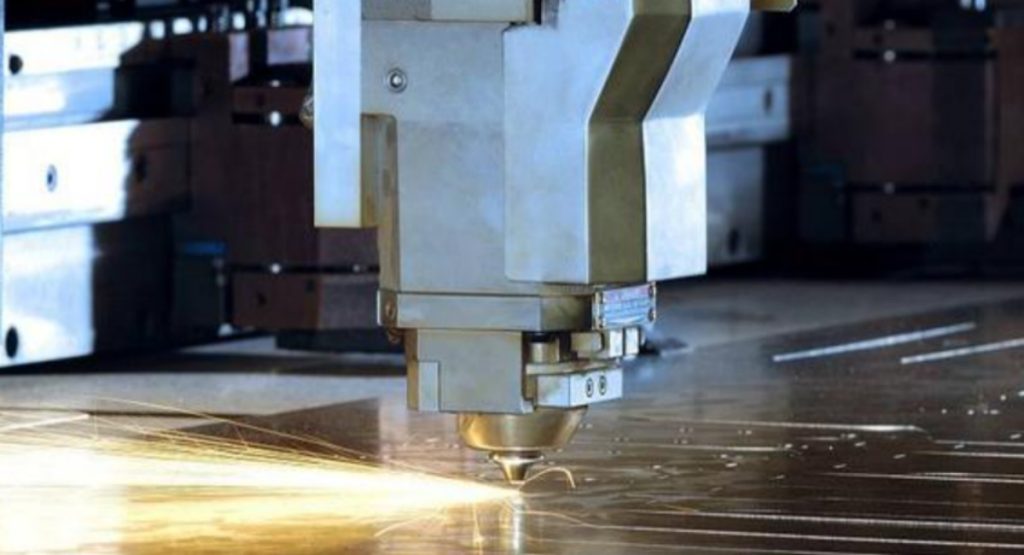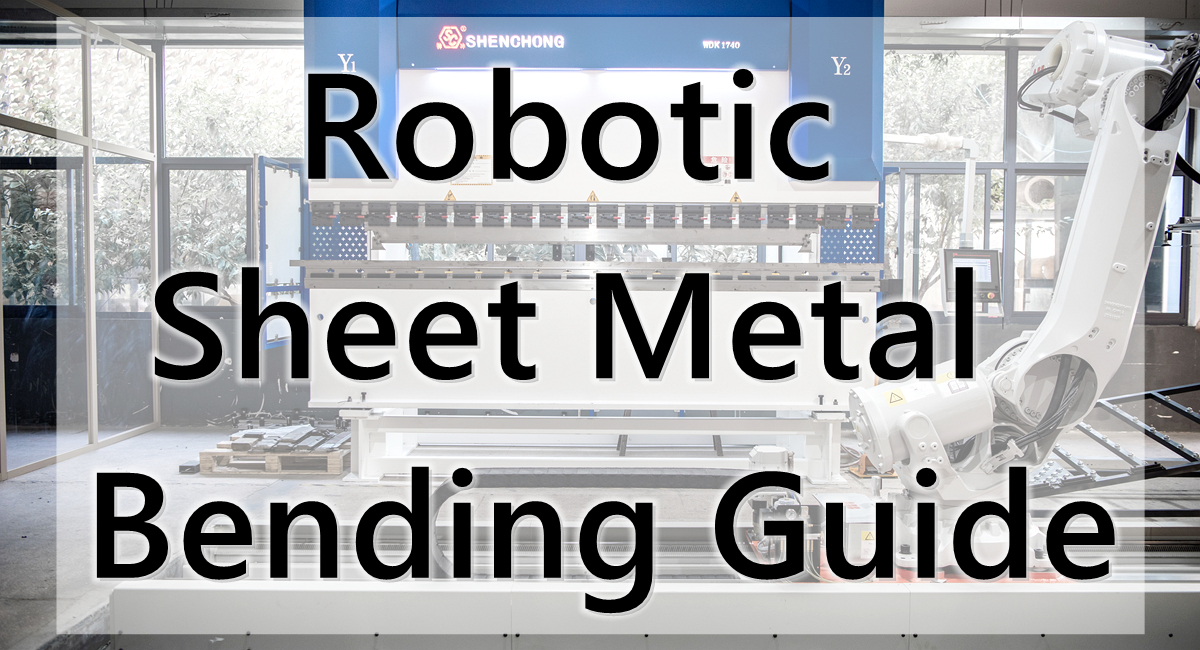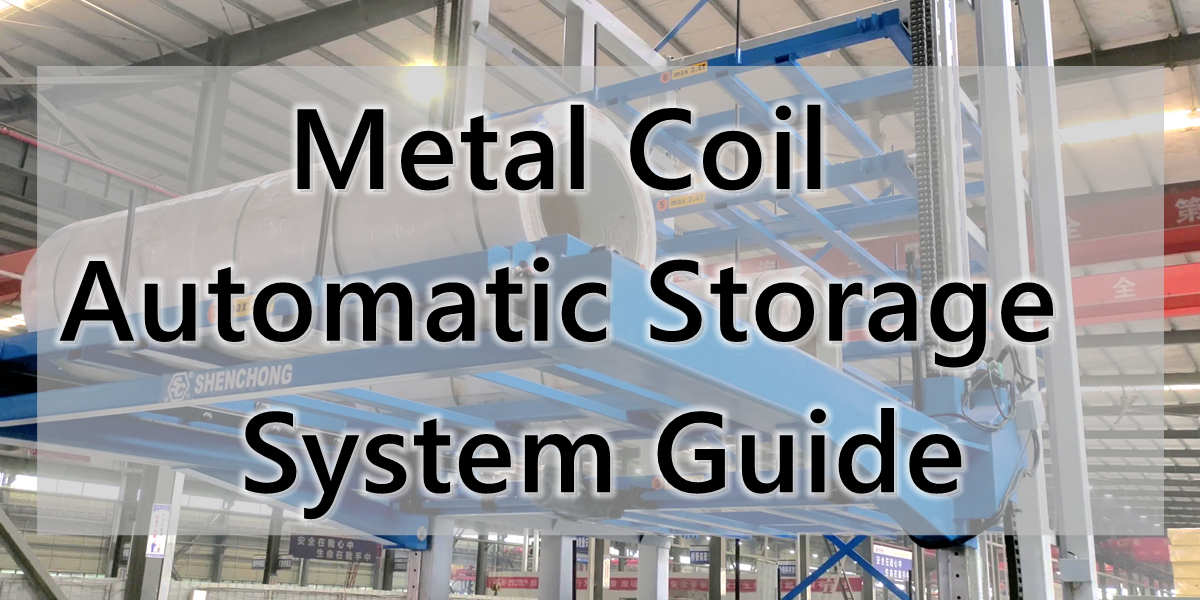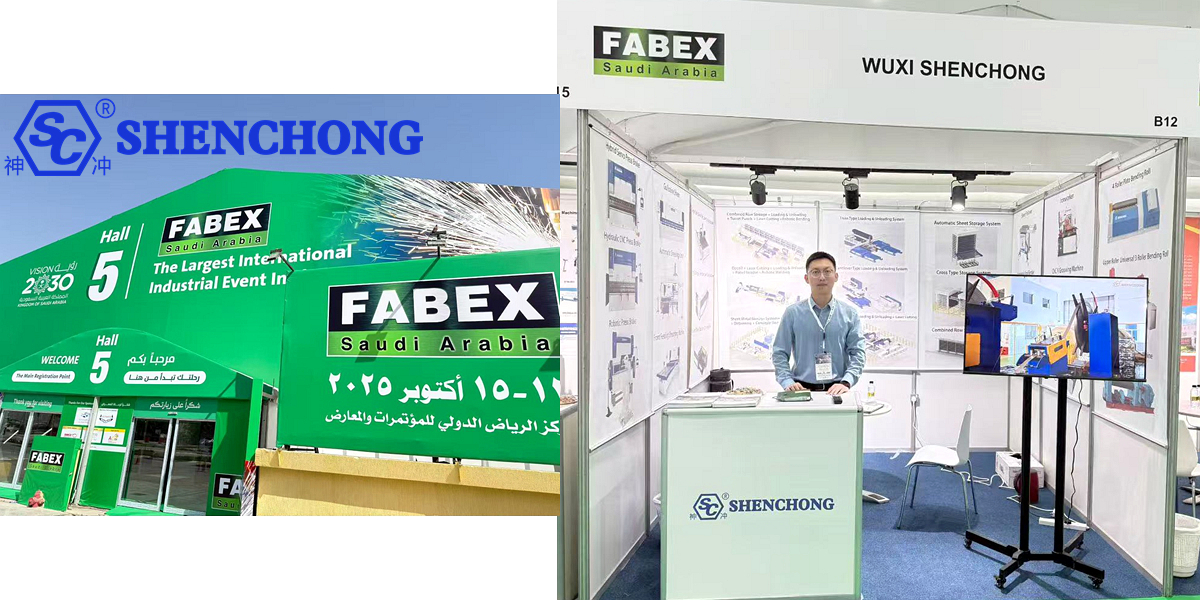Any mechanical equipment operate for a long time needs careful maintenance. Even the best equipment without proper maintenance is not durable. Just like a car that needs regular maintenance, laser cutting machine maintenance is no exception. The main components of a laser cutting machine can be divided into five types: light source system, dust removal system, transmission system, cooling system, and circuit system.
Fiber laser cutting machines’ key parts that need to be maintained during daily working time are cooling system (to ensure constant temperature effect), dust removal system (to ensure dust removal effect), optical path system (to ensure beam quality), and transmission system (to focus on ensuring normal operation).
This article will introduce the main parts of laser cutting machine that need to be maintained and teach you how to do the daily laser cutting machine maintenance.
Laser Cutting Machine Maintenance - General Instruction
Fiber laser cutting machine price is not low, which range from hundreds of thousands to millions. Therefore, extending the service life of the laser cutting machine as much as possible can better save production costs and win greater benefits. For this reason, it is very significant to maintain the fiber laser cutting machines everyday. The following will mainly explain from six aspects.
Circulating Water Checking
First of all, replacement of circulating water and cleaning of water tank is every important. Before operating the machine, make sure that the laser pipe is filled with circulating water. The water quality and temperature of the circulating water directly affect the service life of the laser pipe. So it is necessary to regularly replace the circulating water and clean the water tank. This action is best done once a week.
Fan Cleaning
Secondly, fan cleaning is also one of the critical work in sheet laser cutting machine maintenance. Prolonged use of the fan in the machine can accumulate a lot of solid dust inside the fan, causing significant noise and hindering exhaust and odor removal. When the suction of the fan is insufficient and the smoke exhaust is not smooth, it is necessary to clean the fan.
Cleaning Of Lenses
Thirdly, cleaning of lenses can keep the cutting efficiency and accuracy. There may be some reflective and focusing mirrors on the machine. Laser is reflected and focused through these lenses before being emitted from the laser hair. Lenses are easily contaminated with dust or other pollutants, causing laser damage or lens damage. For this reason, operators should clean the lenses every day.
During cleaning, users should pay attention to following points:
- The lens should be gently wiped and the surface coating should not be damaged.
- The wiping process should be handled gently to prevent falling.
- When installing the focusing mirror, please make sure to keep the concave surface facing downwards.
Guide Rail Cleaning
Fourth, guide rail cleaning keeps excellent performance of laser cutting machine’s drive parts. As one of the core components of the equipment, the guide rail and linear shaft are used for guiding and supporting purposes. In order to ensure high machining accuracy of the machine, it is required that guide rails and straight lines of the laser cutting machine have high guiding accuracy and good motion stability. During the operation of the equipment, a large amount of corrosive dust and smoke are generated during the processing of the processed parts. These smoke and dust accumulate on the surface of the guide rail and linear shaft for a long time, which has a significant impact on the cutting accuracy of the equipment and can form corrosion points on the surface of the guide rail linear shaft, shortening the service life of the equipment. Therefore, users should clean the machine guide rails every two weeks.
Tightening Of Screws And Couplings
Fifth, tightening of screws and couplings is a significance work. After a period of operation, the screws and couplings at the joints of the motion system may become loose, which can affect the smoothness of mechanical movement. Therefore, during machine operation, it is necessary to observe whether there are any abnormal noises or phenomena in the transmission components. If any problems are found, they should be strengthened and maintained in a timely manner. At the same time, the machine should use tools to tighten each screw one by one after a period of time. The first time it is sturdy should be around one month after the equipment is used.
Inspection Of Optical Path
Last but not least, inspection of optical path to the necessary checking work. The optical path system of the machine is completed by the reflection of the reflector and the focusing of the focusing mirror together. There is no deviation problem with the focusing mirror in the optical path, but the three reflectors are fixed by mechanical parts, which has a high possibility of deviation. Although deviation usually does not occur, it is recommended that users check whether the optical path is normal before each work.
Special Attention: Lens Cleaning
Laser is reflected and focused through a lens before being emitted from the laser hair. After running the device for a period of time, some dust will stick to the surface of the lens, which will greatly affect the reflectivity and transmittance of the lens, leading to a decrease in laser power. At this time, it is necessary to clean the dust on the lens. But be careful when cleaning, as lenses are easily damaged items and should be handled with care. Sharp objects or hard objects should not be used to touch the lenses.
- During the replacement process, attention should be paid to the placement, inspection, and installation of optical lenses to prevent damage and contamination. After installing a new lens, it should be cleaned regularly.
- When laser is used to cut materials, the working surface will release a large amount of gas and splashes, which will cause damage to the lens. When pollutants fall on the surface of the lens, they will absorb energy from the laser beam, leading to thermal lensing effect. If the lens has not yet formed thermal stress, the operator can disassemble and clean it thoroughly.
- During the installation and cleaning process of the lens, any adhesive or even nail polish oil droplets can increase the absorption rate of the lens and reduce its service life. Therefore, the following preventive measures must be taken:
- Never install lenses with bare fingers. Fingertips or rubber gloves should be worn.
- Do not use sharp instruments to avoid scratching the surface of the lens.
- When removing the lens, do not touch the film layer, but hold the edge of the lens.
- Lenses should be placed in a dry and clean place for testing and cleaning. A good workbench surface should have several layers of cleaning tissues and several sheets of cleaning lens cotton paper.
- Users should avoid speaking above the lenses and keep food, beverages, and other potential pollutants away from the work environment.
- During the process of cleaning lenses, relatively low-risk methods should be used. The following steps are set up for this purpose, and users should adopt them. Firstly, use a blowing balloon to blow off any floating objects on the surface of the original component, especially lenses with small particles and focus on the surface. This step is necessary. But never use compressed air from the production line, as this air can contain oil mist and water droplets, which can deepen the pollution of the lenses.
- The second step is to apply pure acetone for slight cleaning of the lens. This level of acetone is almost anhydrous, which reduces the possibility of lens contamination.
- Cotton balls dipped in acetone must be cleaned under light and moved in a circular motion. Once the cotton swab is dirty, it must be replaced. Cleaning should be completed in one go to avoid generating ripples. If the lens has two coated surfaces, such as a lens, each surface needs to be cleaned in this way. The first side needs to be placed on a layer of clean lens paper for protection.
- If acetone cannot remove all dirt, then use acid vinegar for cleaning. Acid vinegar cleaning uses the dissolution of dirt to remove it, but it does not cause damage to optical lenses. This type of vinegar can be experimental grade (diluted to 50% strength), or household white vinegar containing 6% acetic acid can also be used. The cleaning procedure is the same as acetone cleaning, then use acetone to remove the acid vinegar and dry the lens. At this time, it is necessary to frequently change the cotton ball to completely absorb the acid and hydrates. Until thoroughly cleaned.
- When pollutants and lens damage cannot be removed by cleaning, especially when the film layer is burned out due to metal splashing and dirt, the only way to restore good performance is to replace the lens.
Maintenance Of Laser Cutting Machines In High-Temperature Environments
No matter sheet metal fiber laser cutting machine, tube laser cutting machine or tube and sheet fiber laser cutting machine, they all need to take the special laser cutting machine maintenance in high temperature environment.
Avoid Condensation
The temperature of the cooling water should not differ too much from the temperature of the air. The laser and optical lenses of the laser cutting machine both use water cooling method. Due to the condensation of water in the air when cooled, when the temperature of the cooling water is below 5-7 degrees Celsius, there will be water condensation on the surface of the laser and optical lenses, which greatly affects the output efficiency of the laser and the transparency of the optical lenses, and has a significant impact on the laser energy and the service life of optical components.
Multiple parts of the laser and cutting head are cooled separately. It is recommended that users set the water temperature for the laser’s low-temperature circuit to around 26 degrees Celsius, and the water temperature for the cutting head and fiber optic circuit to around 30 degrees Celsius (depending on temperature and humidity values). Strictly follow the summer power on/off sequence.
Wet and hot weather can cause moisture or condensation in the laser power supply and various parts of the laser equipment, leading to various malfunctions and seriously affecting the normal production of users. The malfunction caused by the above reasons is not within the normal warranty scope.
Attention:
- When the laser equipment is shut down, the water cooler should also be turned off to prevent condensation caused by excessive temperature difference during shutdown.
- We strongly request that customers in the integrated operation room install air conditioning or laser equipment in the air conditioning room, and ensure that the air conditioning operates continuously and stably (including in the evening) to maintain indoor temperature and humidity. Alternatively, when starting up, the air conditioning should be turned on for half an hour before turning on the laser equipment power and water cooler.
Maintaining The Cooling System And Cooling Water
As the temperature rises in summer, the working pressure of the cooling system of the laser cutting machine increases. It is recommended to check and maintain the internal compressor fluorine pressure of the cooling machine before high temperatures occur. The pressure of equipment from different manufacturers also varies. It is recommended to consult the equipment manufacturer for specific parameters before maintenance.
Due to the high temperature in summer, the deterioration rate of cooling water will also accelerate. It is recommended that users use regular distilled water or purified water, regularly clean the scale in the water tank, and replace the water and filter element (it is recommended that the replacement cycle in summer should not exceed 15 days) to avoid causing scale to adhere to the laser and pipeline, affecting the cooling water flow rate and causing high temperature alarms. The method of cleaning scale should be operated under the guidance of the equipment manufacturer.
Conclusion
Above article introduces how to maintenance the laser cutting machine. Users should maintain the different parts of the machine, including circulating water, fan cleaning, lenses, guide rails, screws and couplings, optical path.
Related Articles You May Also Be Interested In:



![Intelligent Sheet Metal Processing [FAQ]](https://www.shen-chong.com/wp-content/uploads/2025/11/Intelligent-Sheet-Metal-Processing-FAQ.jpg)

